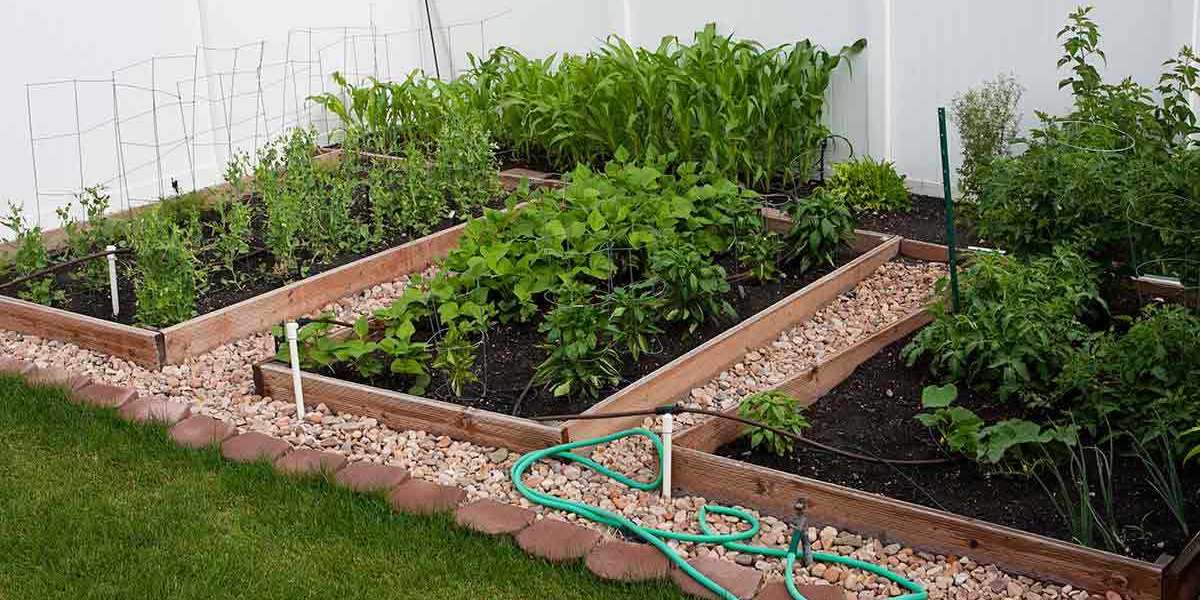Starting a vegetable garden can be a rewarding and fulfilling endeavor, whether you're a seasoned gardener or a beginner. How to Start a Vegetable Garden Here’s a step-by-step guide to help you get started on your vegetable garden journey:
- Choose the Right Location
- Sunlight: Select a spot that receives at least 6-8 hours of direct sunlight daily. Vegetables like tomatoes, peppers, and cucumbers thrive in sunny locations.
- Accessibility: Ensure the garden is easily accessible for watering, harvesting, and maintenance.
- Drainage: Avoid areas that collect standing water. Good drainage is essential to prevent root rot.
- Plan Your Garden Layout
- Garden Size: Start small, especially if you’re new to gardening. A plot of 4x4 feet or a few containers is a great starting point.
- Plant Selection: Choose vegetables you and your family enjoy eating. Consider planting a mix of fast-growing crops (like radishes and lettuce) and slower-growing ones (like tomatoes and peppers).
- Companion Planting: Research which plants grow well together and can benefit from each other's presence.
- Prepare the Soil
- Testing: Test your soil to determine its pH and nutrient levels. Kits are available at garden centers or online.
- Amendments: Based on the soil test, you may need to add organic matter, compost, or fertilizers to improve soil quality.
- Tilling: Loosen the soil to a depth of at least 12 inches to allow for proper root growth.
- Choose Your Planting Method
- Direct Sowing: Some seeds can be sown directly into the soil, such as carrots, beans, and peas. Follow the seed packet instructions for depth and spacing.
- Transplants: For plants like tomatoes and peppers, consider starting with transplants from a nursery. This can give your garden a head start.
- Containers: If space is limited, you can grow vegetables in pots or raised beds. Ensure they have adequate drainage holes.
- Watering and Maintenance
- Watering Schedule: Vegetables generally need about an inch of water per week. Water deeply but less frequently to encourage deep root growth.
- Mulching: Apply a layer of mulch around your plants to retain moisture, suppress weeds, and regulate soil temperature.
- Weeding: Regularly check for weeds that compete with your vegetables for nutrients and water.
- Pest and Disease Management
- Observation: Regularly inspect your plants for signs of pests or diseases. Early detection can make management easier.
- Natural Remedies: Consider organic solutions like neem oil or insecticidal soap for pest control.
- Beneficial Insects: Attract ladybugs and other beneficial insects to help control pests naturally.
- Harvesting
- Timing: Harvest vegetables when they are ripe and at their peak flavor. Each vegetable has its own specific harvesting guidelines.
- Technique: Use clean tools to avoid damaging the plant. Handle vegetables gently to prevent bruising.
- Enjoy the Fruits of Your Labor
- Share your harvest with friends and family, or try new recipes featuring your fresh vegetables. Enjoy the satisfaction of eating food you’ve grown yourself!
Conclusion
Starting a vegetable garden is a journey that offers both challenges and rewards. With patience, practice, and a little bit of planning, you’ll be able to cultivate a thriving garden that brings fresh produce to your table. Happy gardening.








